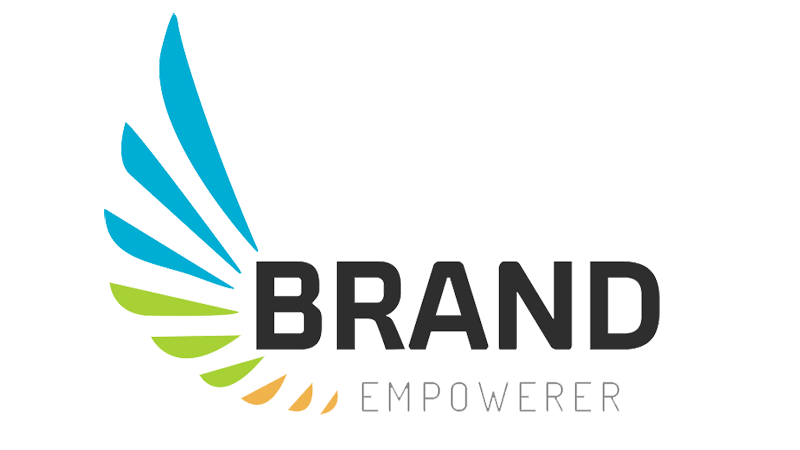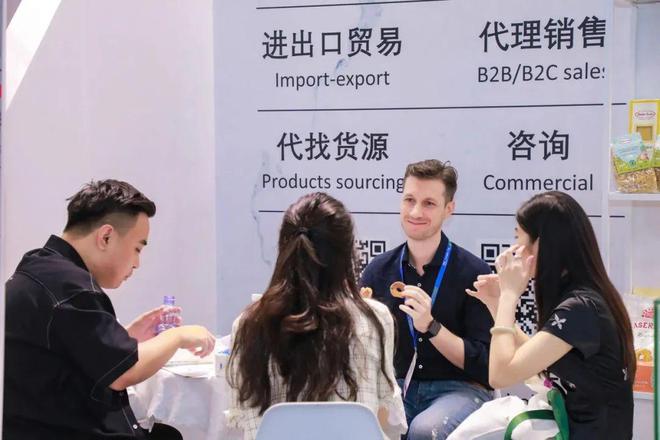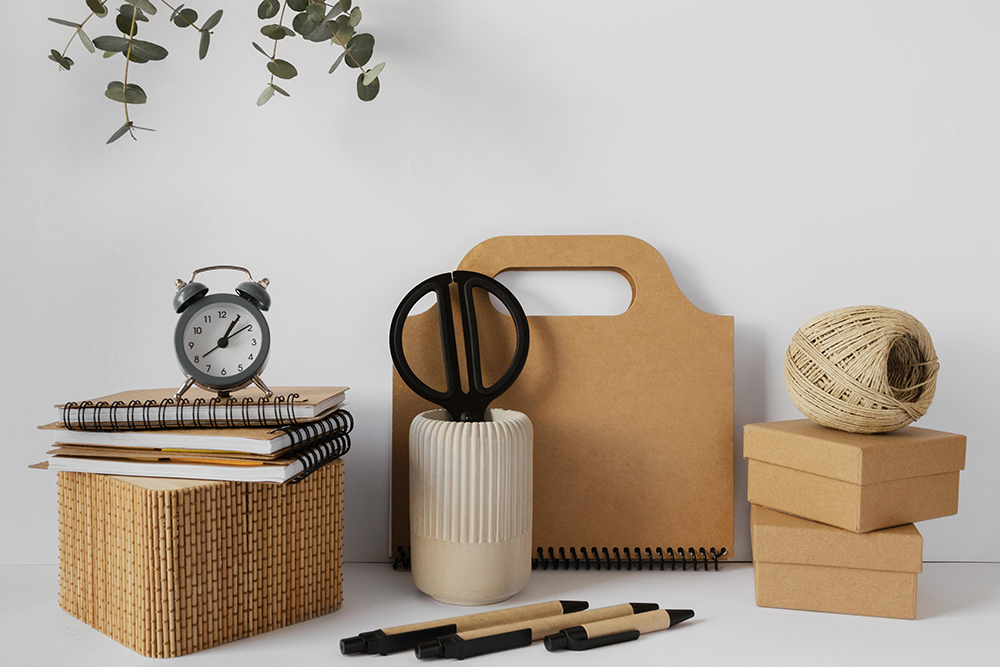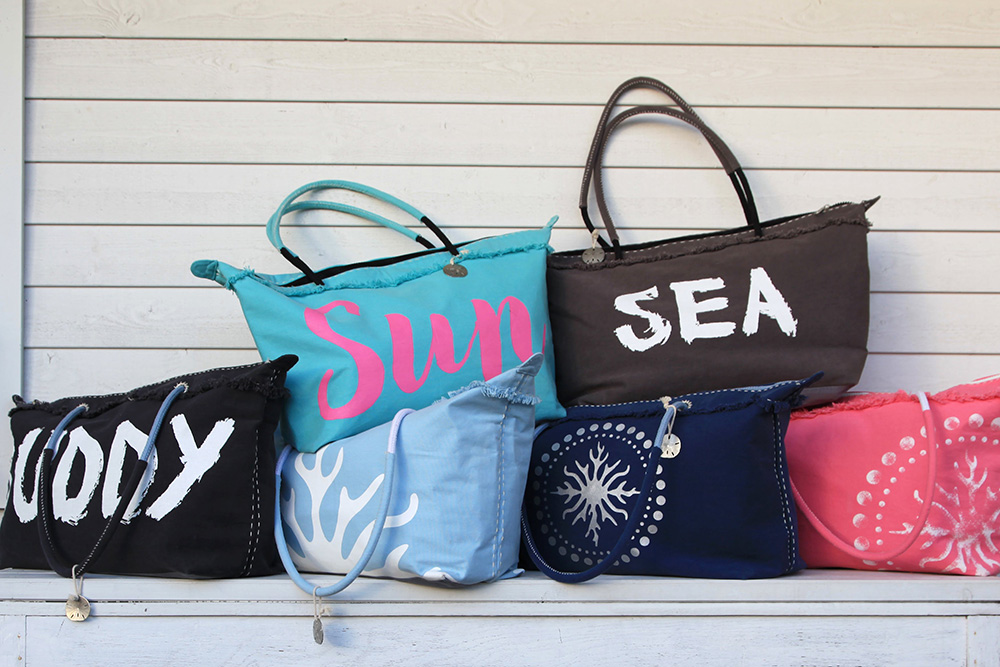0102030405
Good Packaging Helps Branding
2023-12-27 10:59:35

Effective product packaging is the difference between standing out on the top shelf and collecting dust in a back corner. It's also the difference between making a memorable first impression on a purchaser and disappearing into the daily blur. When designing effective packaging, it's important to focus on the needs of the end-user first followed by the needs of your distributors and your own business. That means designing packaging that creates added value, makes it easy and desirable for merchandizers to give it preferred placement, and doesn't require a small business loan to manufacture. Read on to find out how an agency approaches packaging one step at a time to achieve amazing results.
What does the end-user value?
Consumer needs are constantly changing, and your approach to product packaging needs to evolve alongside them. When determining user needs, it's best to start by asking what your customers are looking for in your product and then match the packaging to those needs in a way that adds to the overall experience. For example, take the traditional Kent glass style syrup bottle: Its artistic glass design is clearly better equipped to serve retail customers than industrial operations. While heavy to ship this little glass bottle has great shelf presence without being too big to fit on standard retail shelves. The sturdy glass design is also not something disposable to be easily thrown away. For the retail consumer, this packaging solution is environmentally friendly, feels traditional, and can be re-used as a pleasant looking decorative bottle.
Understand who is purchasing your products.
Where do your end-users go to purchase your products? If they're buying from a retail location or a wholesaler then that middle-man will have needs that are crucial to consider. If your customers are buying direct through your ecommerce store, then you are the seller and will need to consider what it's going to take to ship your products. In any case, consider the day to day operations required to move products such as packing, shipping, shelving, scanning, etc. Before you start pricing out product packaging, ask yourself some simple questions: How many units need to fit in a case? What needs to be true for the product to ship safely and affordably? How often will the bar code be scanned and how easy will it be to find? All of these factors will help you determine the best type of packaging for your product and help you communicate your priorities to a designer.
What does your packaging really need to be successful?
When recording your list of requirements, make an effort to differentiate between needs and wants. It's always tempting to punch up your designs with premium treatments like foil printing, spot uv, embossing, etc. but take a step back and ask yourself if a premium finish is what your end-user is really looking for. In many cases, especially luxury products, these features will be important. However, in a business to business environment or in the case of every day products, function will often be more important than form.







